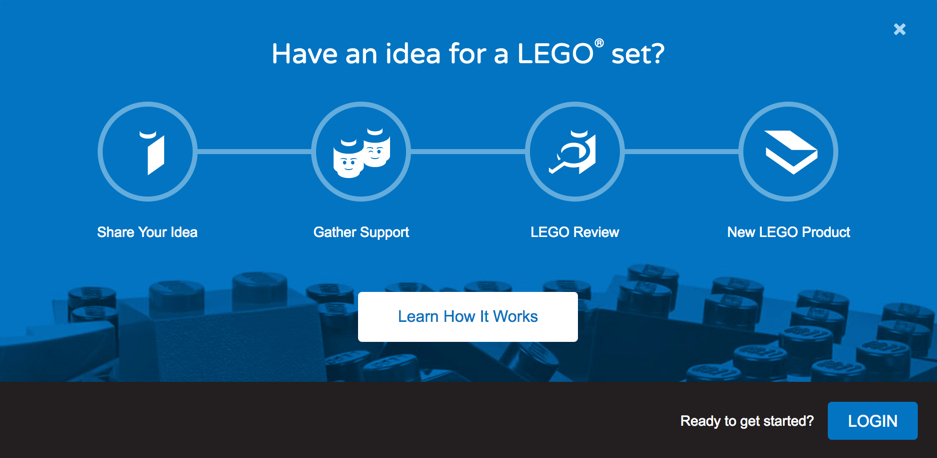
The broadcast model of advertising is dead. Audiences, especially younger audiences, do not trust mainstream media outlets, Government, politicians, banks or big business and if brands are not careful, they will also fall into this growing bucket of institutions that have lost touch with their audiences. Young people are becoming increasingly disenfranchised. This is hardly groundbreaking news, but recent global events seem to be making matters much worse. The banking crisis, Brexit and Trump getting elected all typify the disconnect between Gens Y & Z and the ‘establishment’. Add to this fake news and who could blame these young people for being suspicious of what they see on TV or read in a newspaper. Young people have a serious problem with traditional sources of information. The ways that information is shared has changed dramatically. Anyone can now be a publisher, a brand or media owner in their own right. Audiences don’t have to rely on news organizations for their news any more.
“Brands need to engage at a deeper level
with their audiences who are making purchasing
decisions based on what a brand stands for.”
The world has changed for brands and brand marketing too. Brands have long understood the need for an authentic connection with their audiences. But smart advertising alone is not enough to engage young people who are searching for meaning in their relationships. Brands need to engage at a deeper level with their audiences who are making purchasing decisions based on what a brand stands for. A popular and successful way to create an emotional connection is to align with passion points of the target. Using music or sport has been hugely successful. Cause is also now rapidly becoming a significant mobilizing agent for youth audiences who care about the world around them. Young people don’t just want to know that a brand has integrity. They want to be involved; they want to be part of the conversation and play an active role.
Creative agencies largely still believe that they have the best ideas. And why wouldn’t they? There are some incredible minds in the creative agency world, but there is also a great deal of ego. And there has to be. You have to come up with the best ideas in the world for the biggest brands in the world – and for the biggest fees in the world. Who owns the idea? What does that even mean? Why do the majority of brands insist on developing their marketing strategies in isolation from their audiences? Concepts are developed by creative teams, then in some cases, they then hit qualitative testing – which can either meet with approval or the idea gets killed. It’s the way it has been done for a long time. Creative agency groups have a significant chip in the game, with billing for global powerhouse brands numbering in the many millions. So its understandable that they should want to maintain the status quo. But the audience has already moved on.

There is more audience research & data than ever before – which should mean good news for audiences. However, a recent study by Havas found that “Some 60% of the content created by the world’s leading 1,500 brands is “just clutter” that has little impact on consumers’ lives…That failure means globally consumers would not care if 74% of brands disappeared, with that figure rising to 94% in UK”. If this research is to be believed, there is a fundamental change needed in the way brands operate, especially in the UK.
So how do brands break out of the old model, create an authentic connection with their audiences and start making content that isn’t just ‘clutter?’ Co-creation is where brands are brought together with the audiences in creative communities to generate insights & ideas that lead to content. It seems painfully obvious that brands who want to know what their audiences think and feel should involve them in the creative process, but remarkably few actually do. Brands have the opportunity to be a facilitator for new ideas, to become a platform for creative expression. Young people today want to be the architects of the brands and the causes they care most about. Empowering the audience gives a sense of shared ownership and sense of shared purpose that cannot be achieved through traditional approaches to marketing.
If you are a brand that is interested in co-creation, here are a few pointers to consider:
1. Start by building a community. It’s important to find the right voices to contribute, so make sure you are talking to experts in community recruitment and management.
2. Allow innovation to travel upstream. Don’t be afraid to let your audience explore new approaches to old problems – be brave.
3. Be dynamic. Allow the ideas (not the old model) to drive the solution.
There is a huge opportunity for creative agencies to harness the power of co-creation for their clients by getting involved now. It’s just the ideas may not always be born in the boardroom. If you are a brand that is looking to get closer to your audience, create content that has a much greater chance of landing successfully and all for a fraction of the price, then perhaps co-creation is for you.



